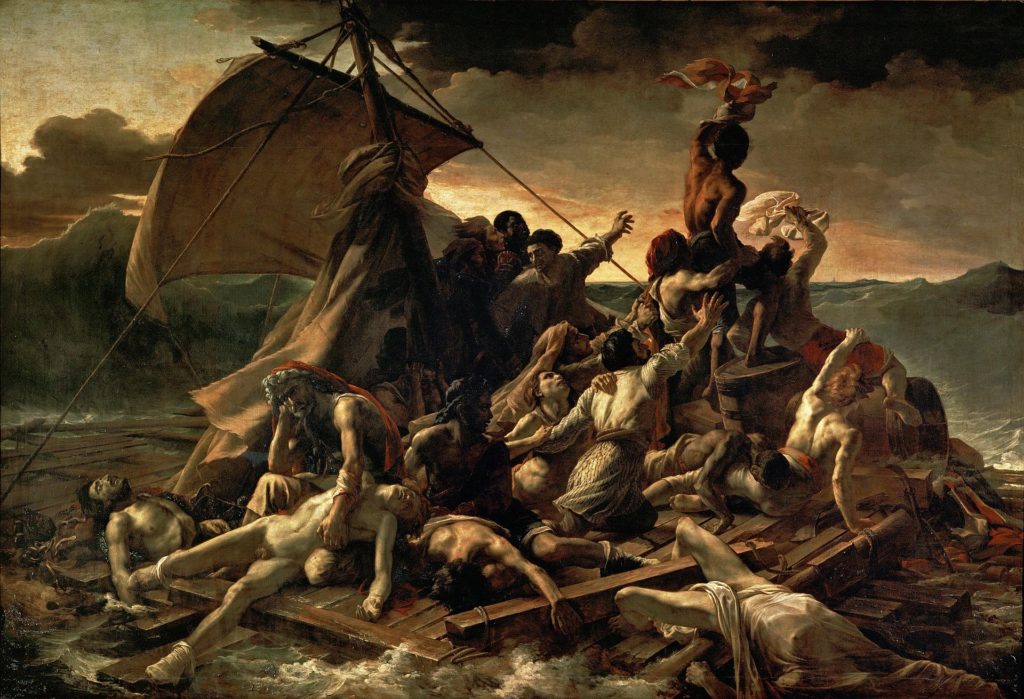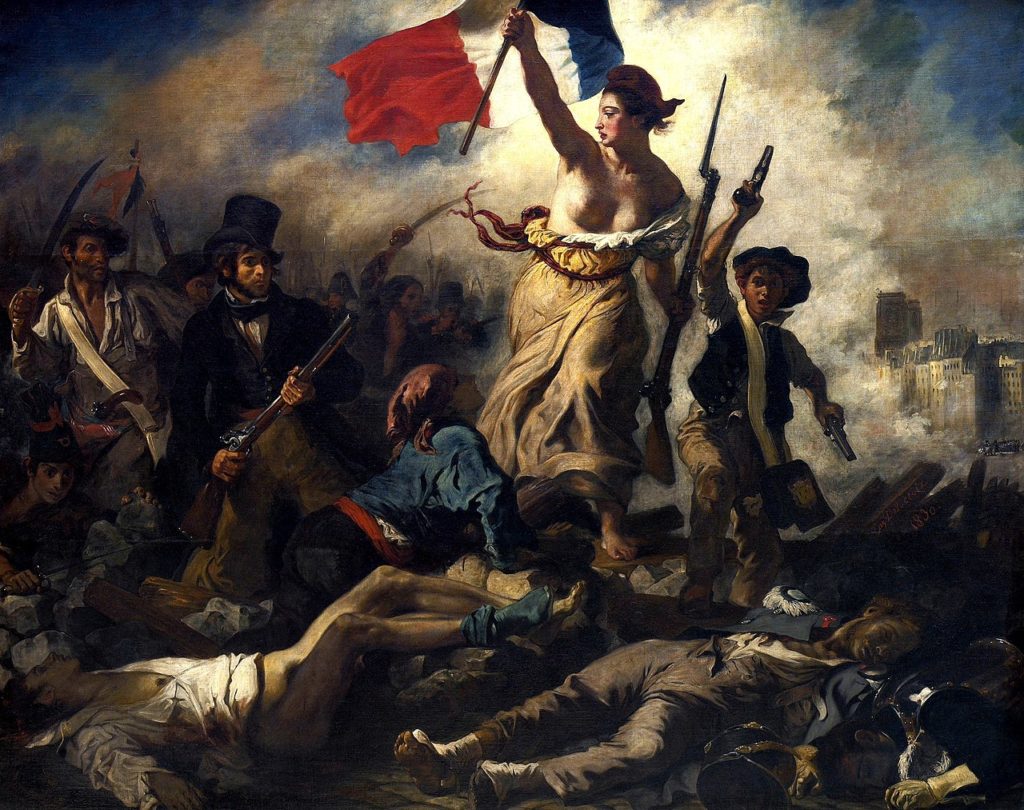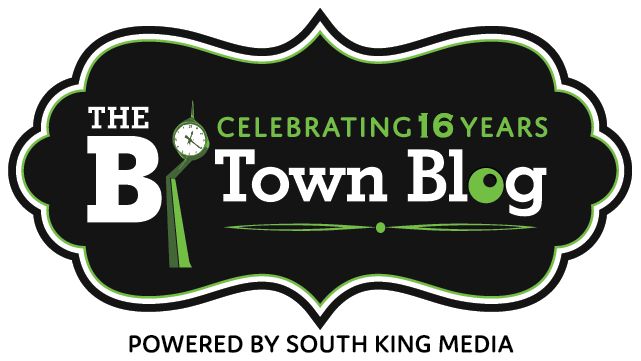Art is Like a Box of Chocolates
One of the biggest inspirations of art is love, and perhaps no other art movement reflects the themes of love than the Romantic period. However, the romantic period was far from roses and chocolates, or love sonnets under a full moon.
Starting in the 1800’s, the Romanticism movement began in art, literature, and thought. It was the birth of nationalism, with French ideas of liberty and national identity expressed as Lady Liberty. Art reflected this change with landscape with historical scenes and battles. Confrontations like Vercingetorix at the Battle of Alesia became the center point rather than religion or mythology.
As early as the 1760’s landscapes started to reflect drama and expression. The focus of art changed from realism and into storytelling. Photography is already starting to cause waves in art communities. In 1818 a painting called the “Raft of Medusa” (see below) became popular. The picture displayed people adrift on a raft after the wreck of a ship named Medusa. Their expression is of desperation and terror as they endured starvation, eventually resorting to cannibalism. At the time, this was seen as an anti-government message. The conversation it caused was whether the people on the raft could be saved and who could save them.

In fact, some of the key emotions expressed in the Romantic movement were terror, fear, awe, rather than love and affection. Much of Europe was moving away from religious narratives about death and into the Age of Enlightenment and the terror of colonialism. This period in America was marked with moral enthusiasm leading to the Civil War. Abolitionists like Fredrick Douglas wrote “I would unite with anybody to do right and with nobody to do wrong.” This suggests that for systemic change to happen, perhaps unity is not the most important idea to pursue.
These feelings and expressions are emotionally heavier and more dramatic than what we might contemporarily think of romance, or someone considered to be a misty-eyed romantic. During the Romantic period, Shakespearean plays like Romeo and Juliet were considered mockeries, satire, exaggerated tragedies to display concepts like fate, love, and inevitable end of doomed lovers, rather than ideal relationships of affection.
As with much art during the age of Enlightenment, the styles and subject matter reflected anti-government or anti-church sentiment. (Specifically, the separation of Church and state.) Romanticism was no different, displaying pagan themes, natural phenomena, or the vanity of moral authority.
The Romantic art movement also led to the popularity of fantasy art. Nymphs, satyrs, monsters, and fairies of folklore. Resurrected by the new interest in Roman themes and stories. Scholars and artists were digging through the ruins of Europe, translating Roman work into English, French and German, giving a new life to these old stories. The “Art of Poetry” was translated from the Roman court poet Horace, renewing the importance of poetry to describe turbulent times.
In the late 1800’s an artist emerged; Henry Justice Ford, a highly prolific fantasy artist who produced thousands of illustrations and paintings with trolls, dragons, elves, giant animals and insects. Henry Justice Ford was among many Pre-Raphaelites who mixed realism with fantasy art, but he also included twists like having the princess fight or befriend the dragon. This work would later go on to be the foundation for many writers and artists in the 20th century, influencing many stories like Lord of the Rings.

Folklore also took on many of the movement’s attributes. Brother’s Grimm Fairy Tales emerged and brought Germanic and Scandinavian folk tales into the modern area, with stories like Sleeping Beauty, which included many variations, some of which did not end “happily ever after” but involve cannibalism, and the dread of mothers-in-laws.
Lastly, the Romantic period brought the importance and focus into the single human experience; majestic scenes of people looking over cliffs with crashing waves, heroic battles and surrenders like those described in Appomattox. There was also the rise of the artistic idea of genius, where the artist becomes their own authority on their excellence. This focus on the individual has refined the leverage of consumers, inflating their sense of entitlement for pleasure and experiences.

So as Valentine’s Day rolls by, romance is given a wink and nod, and the chocolates and roses are purchased. The concepts from the Romantic period are perhaps only shallowly expressed compared to their monstrous and turbulent origins.
These are only my opinions of a large and complex art movement, intersecting with many aspects of civilization. There are many more confections of humanity’s creation, but for now let’s take a single chocolate from the box and savor the bitter sweetness.”




Interesting article. Thanks for sharing this perspective!